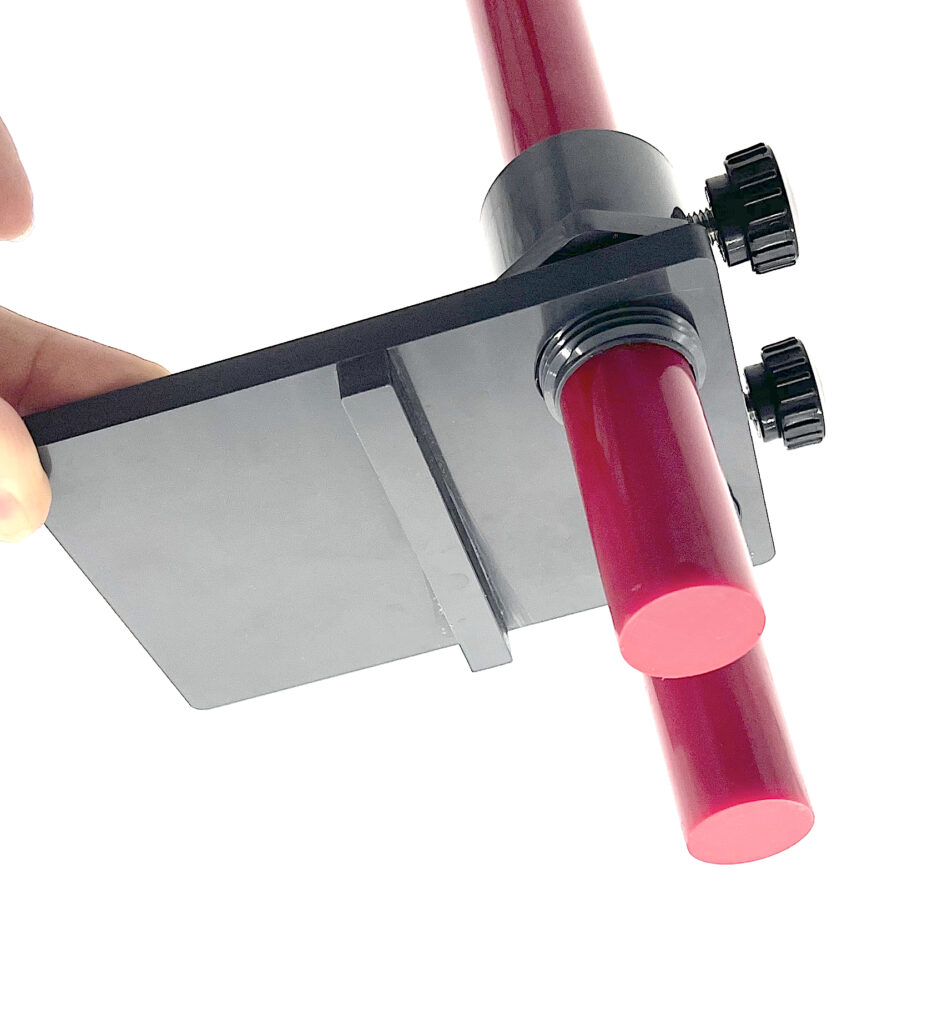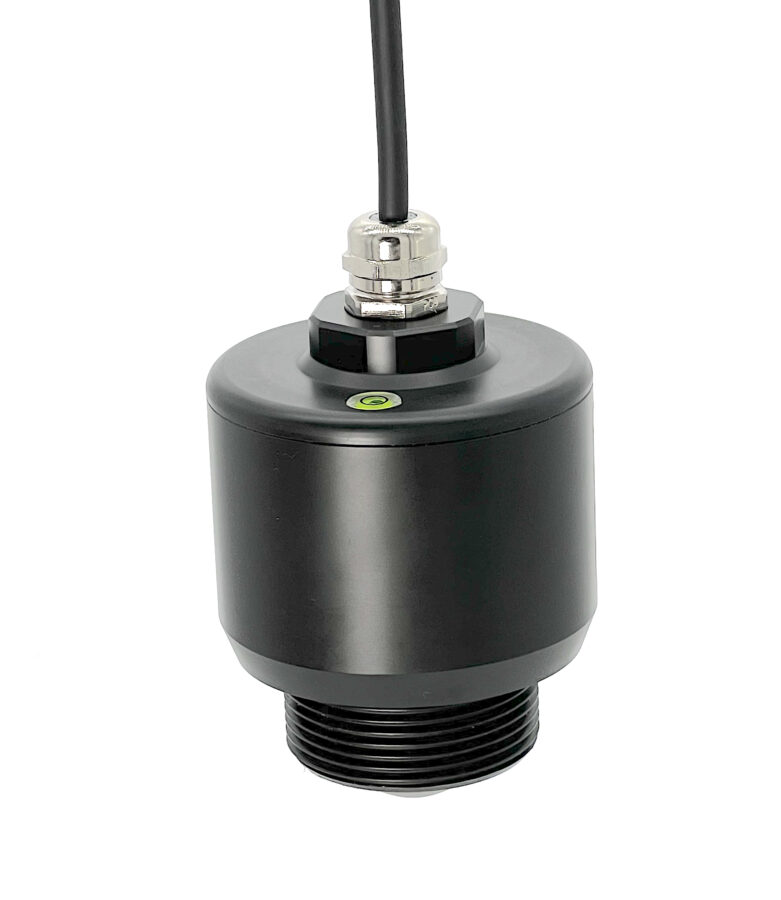FLOAT SWITCHES
The first sensor to consider is the float switch because it is electrically extremely reliable. The problems that people encounter are either too high a current load, or physical obstruction of the moving float. There are float switches in many materials for different applications.
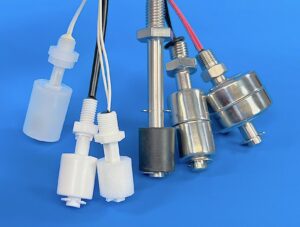
FOR LIQUIDS THAT FOUL
Float switches can be mechanically obstructed from moving by liquids that coat, cyrstallize, or otherwise build up on the sensing elements. Therefore an alternative is the capacitance sensor. It tolerates a very thick coating of buildup on its surface and still functions the same as if there were no coating. Typical coating thickness tolerated is up to 15 mm. In fact these are often mounted on the outside of plastic tanks and sense the liquid through the tank wall! However, if mounted this way, the calibration can get tricky because the tank wall thickness approaches the limit of the sensor’s range.
Something to consider is that repeated immersions in the parent liquid tend to redissolve some of the the coating. This means that for many liquids, the coating only reaches a finite thickness. As long as the coating is less than the tolerance of the capacitive level sensor, then this is a good way to go.
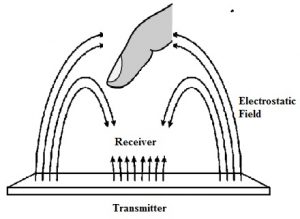 Capacitive sensors work by generating an electrical field. If this field is interrupted then the sensor can detect this and respond.
Capacitive sensors work by generating an electrical field. If this field is interrupted then the sensor can detect this and respond.
One consideration is that it takes continuous power to generate this electrical field so operating from battery power is out of the question. The way Gizmo uses capacitive sensors is to mount them in the bottom of a plastic pipe. They are sealed from the process liquid with a thin coating of chemically inert epoxy resin.
VISCOUS LIQUIDS
Capacitance sensors are a great choice for viscous liquids. They can be calibrated so the alarm will respond when the bulk of a liquid runs off of the level probe.(but not all of it) This way the response time can be greatly reduced when compared with a float switch for example. You can see this in action in a video of our viscous liquid alarm.
CONDUCTIVITY SENSORS
Conductivity sensors are the best choice for detecting very low liquid levels – mere drops of liquid – as with leak detection applications. They can be run from battery power. However, they are not reliable for foaming liquids as the foam can lead to false alarms. In addition, they can’t be counted on in liquids that have any kind of corrosive properties unless they are gold-plated. And they are succeptible to fouling – enything that impedes the electrical circuit between the two probes will shut down the sensing. And finally, they are usually not very adjustable: in fact some companies want you to chop the probes off with bolt cutters to shorten the depth!
OTHER METHODS
Optical sensors (aka photo-electric) and laser sensors succumb to dirt obstructing the light-emitting, or the light-sensing elements so we find they are not suitable for our customers.
CONTINUOUS LEVEL
For a tank level gauge from 0-100%, the possible technologies are: Ultrasonic and RADAR, Magnetostrictive (basically a float switch on a rod) Capacitance rod,
Ultrasonic sensors have worked, but they suffer from problems with vapor, dust, foam, turbulence, obstructions in tanks. For our customers they just aren’t reliable enough.
RADAR sensors seem to operate the same way as ultrasonics, but they are much more reliable, and accurate to the mm. Since the signal travels at the speed of light, they are not susceptible to the interferences that bring down ultrasonics. more info.
Submersible pressure sensors are immune to anything happening above the surface of the liquid mentioned above.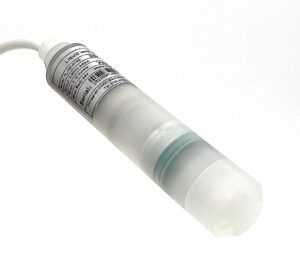 They must be inert to the chemical being sensed and so they are usually made from PTFE. The only consideration is that they must be located at the bottom of the tank and connected by a cable to the meter.
They must be inert to the chemical being sensed and so they are usually made from PTFE. The only consideration is that they must be located at the bottom of the tank and connected by a cable to the meter.
Magneto-strictive is a very old technology that pre-dates the other electronic methods and is not a realistic choice. It offers no advantages.
A capacitance rod is an option but must be sized to the tank and mounted securely to the tank. They are costlier than the other methods and don’t really offer any advantages.

